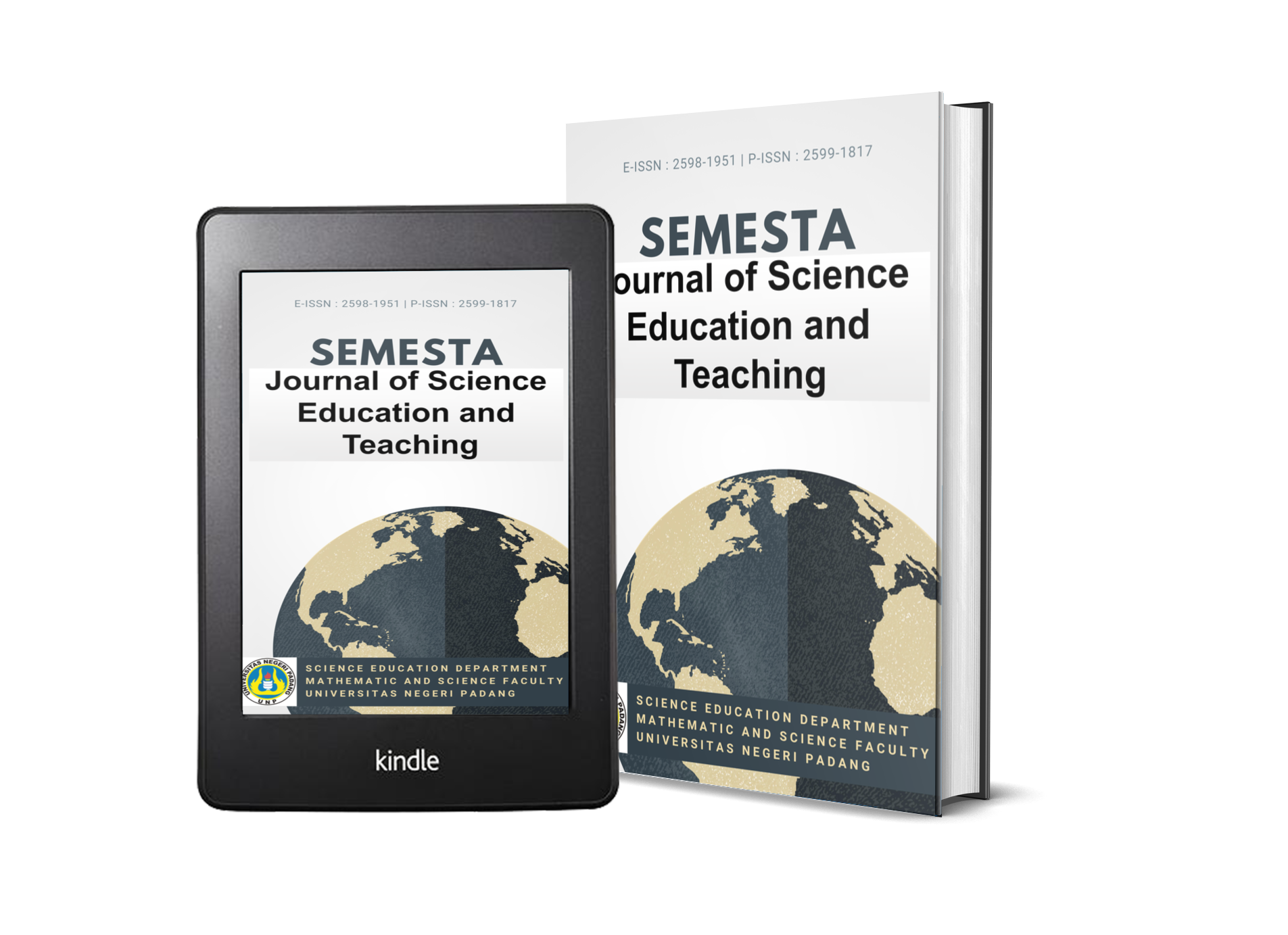SCIENTIFIC STUDY OF ETHNOSCIENCE IN THE PROCESS OF MAKING TRADITIONAL SALT
DOI:
https://doi.org/10.24036/semesta/vol4-iss2/73Keywords:
Sungai Limau, salt, bitternAbstract
Padang Pariaman Regency has an area famous for its beach tourism. No doubt the average occupation of the surrounding residents works as fishermen. Abundant marine products make people associate with the beach. One of the uses of sea water for the manufacture of salt in the Sungai Limau District. Salt water can be seen as a square salt sea equipped with windmills to take sea water from the channel to the pond and processed into salt. Although local salt production is sufficient for industrial raw materials, therefore best practical technology is needed. The aim of this work is to directly improve the salt production process and the basic techniques for diversifying salt production, namely salt and bittern. The results of this work are as follows. Getrape type salt ponds are applied, where the young water embankment is located upstream and the seed pool descends to 1, 2, 3, then distributed to the crystal pot. Sea water is taken through a primary embankment to be pumped at an altitude of 1.5 m, so that it is still full of water at high tide. In the crystallizing pan (size 200 m2) sea water will be allowed to stand for 7-10 days until it is crystallized. Crystal salts located under the bittern solution can be crushed and collected at the collection point. Bittern left-after 29-30 ° Be can be drained back into the seed, collected at the bitter collection point..






